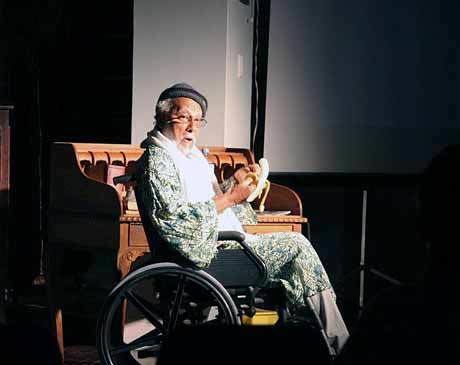Last of the Redskins
6 /10 1 Votes6
Music director Irving Gertz | Duration | |||||||||||||||||||||||||||||||||
 | ||||||||||||||||||||||||||||||||||
Release date January 8, 1947 (1947-01-08) (USA) Initial release July 10, 1947 (Los Angeles) Cast (Major Duncan Heyward), (Alice Munro), Michael OShea (Natty Bumppo), (Magua), (Cora Munro)Similar movies James Feni Cooper wrote the story for Last of the Redskins and The Last of the Mohicans | ||||||||||||||||||||||||||||||||||
Last of the Redmen (sometimes Last of the Redskins) is an adaption of The Last of the Mohicans by James Fenimore Cooper produced by Sam Katzman for Columbia Pictures. The film was shot in Vitacolor but released in Cinecolor. Unlike other adaptations the film includes a boy brother of Cora and Alice Munro and does not feature Chingachgook nor does it feature a romance between Uncas and Cora. The battle of Fort William Henry is not shown and most of the characters in the film ride horses rather than moving by foot.
Contents
Plot
During the French and Indian War in 1757, the family of Colonel Munro, daughters Alice and Cora and son Davy come from England to visit their father who is commanding Fort William Henry in the American colonies. The French are masters of the military intelligence situation as they have their loyal Indian allies masquerading as scouts for the English and are able to interecept and kill all runners from the British outposts.
General Webb, the commander of Fort Edward where the Munros have arrived has fallen for French ruses by believing that General Montcalm's French and Indian forces are advancing from the South. General Webb's Indian Scout Magua testifies to the truth of this information convincing General Webb to send his forces South and send the Munro family to the believed safety of their father General Munro to the north at Fort William Henry. The only person who does not believe Magua is the Colonial Scout Hawkeye and his Indian companion Uncas. Hawkeye's rough ways, honesty, and vocal common sense has alienated him from the British military command.
In reality, Magua was once flogged by General Munro for being drunk and sees the chance to torture and murder the Munro children as a pinnacle of revenge. Leading the Munros accompanied by Major Duncan Heyward and a small British military escort into an Iroquois ambush, Magua is thwarted by the arrival of Hawkeye and Uncas who rescue the Major and the Munros. The Major wins Hawkeye over by declaring that he would be placing his pride over the lives of the party if he didn't give command of the evasion party to the experienced Hawkeye. The group manages to evade Magua's pursuing Indians for a brief period, but Hawkeye arranges for a better chance for escape by having Heyward and the Munros captured then rescued by Hawkeye and Uncas.
On their escape from the camp the party runs across the garrison of Fort William Henry who declare that they gave an honourable surrender of the fort to the French and were allowed to keep their arms but not their ammunition. Hawkeye suspects the Indians will massacre the party and organises a defence.
Cast
Jon Hall ... Major Duncan Heyward
Michael O'Shea ... Hawk Eye/Natty Bumpo
Evelyn Ankers ... Alice Munro
Julie Bishop ... Cora Munro
Buster Crabbe ... Magua
Rick Vallin ... Uncas
Robert 'Buzz' Henry ... Davy Munro
Frederick Worlock ... General Webb
John Hart ... Sergeant
Vernon Cansino ... Soldier
Production
The film was announced in 1946.
Filming locations
Corriganville
Mount Wilson, California
Santa Susana Mountains, California
Providencia Ranch, Hollywood Hills
Iverson Ranch
